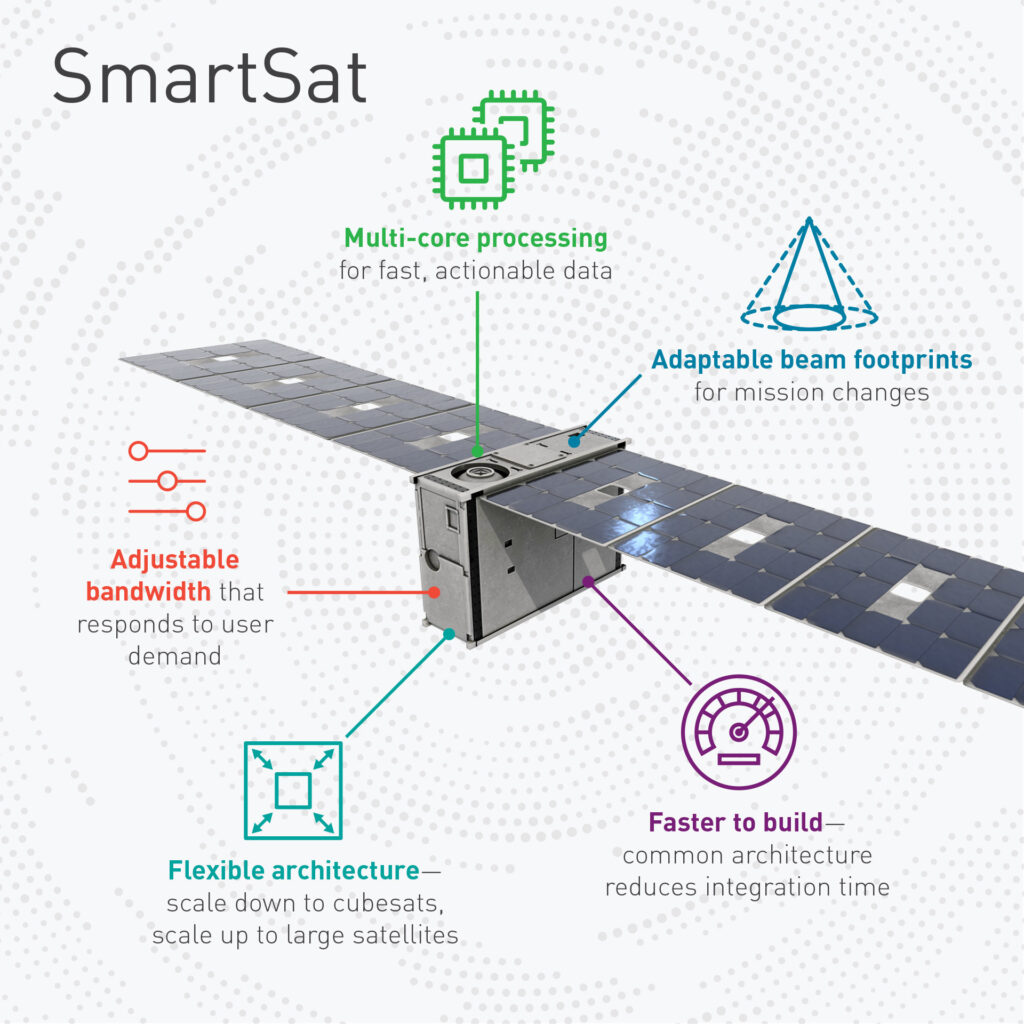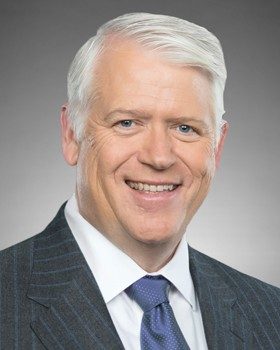‘Physics Are Physics’: Lockheed Sees More Big, Complex Sats
Posted on

Lockheed Martin’s SmartSat concept for small satellites
WASHINGTON: While much of the space market has been fixated on small satellites in Low Earth Orbit (LEO), Lockheed Martin’s customers actually are demanding both more capability and bigger satellites, says Rick Ambrose, executive vice president of Lockheed Martin Space.
“You hear a lot of talk about how you want to simplify a lot of requirements, but our customers actually are going the other direction,” Ambrose told reporters at the Paris Air Show last week. He said both his military and commercial customers are increasingly looking for more complex and capable satellites.
Further, buyers of satellites for missions such as communications are not only still interested in geostationary orbit, but for bigger satellites with higher throughput (speeding data transmissions). “It’s not just typical GEO satellites,” he said, “They’re going big.“
In the end, Ambrose said, he expects that both the Defense Department and the commercial sphere will end up with mixed architectures for different mission areas. “Physics are physics,” he said with a chuckle. “There are still somethings for which a geostationary approach makes more sense. There are other areas that a Low Earth Orbit makes more sense, and everything in between.”
That philosophy echoes former Air Force Secretary Heather Wilson, who has cautioned against the trend towards so-called ‘proliferated LEO’ especially for critical DoD missions such as early warning.
One way of doing this is to develop ‘generic’ satellite busses that have common interfaces and design standards so they can be mission-purposed with readily available payload packages as they come off the line. “You want to minimize the non-recurrings, he explained. “I shouldn’t have to re-do many of the subsystems over and over.”
This is similar to what the Defense Advanced Research Project Agency (DARPA) Blackjack program is attempting. However, Ambrose said that Lockheed Martin has been working on such a bus configuration “for several years now” and currently has been “flipping software between two mission areas” on an experimental satellite bus in lab tests — although Ambrose said he “is not comfortable enough to take it to a customer yet.”
Subscribe to our newsletter
Promotions, new products and sales. Directly to your inbox.
